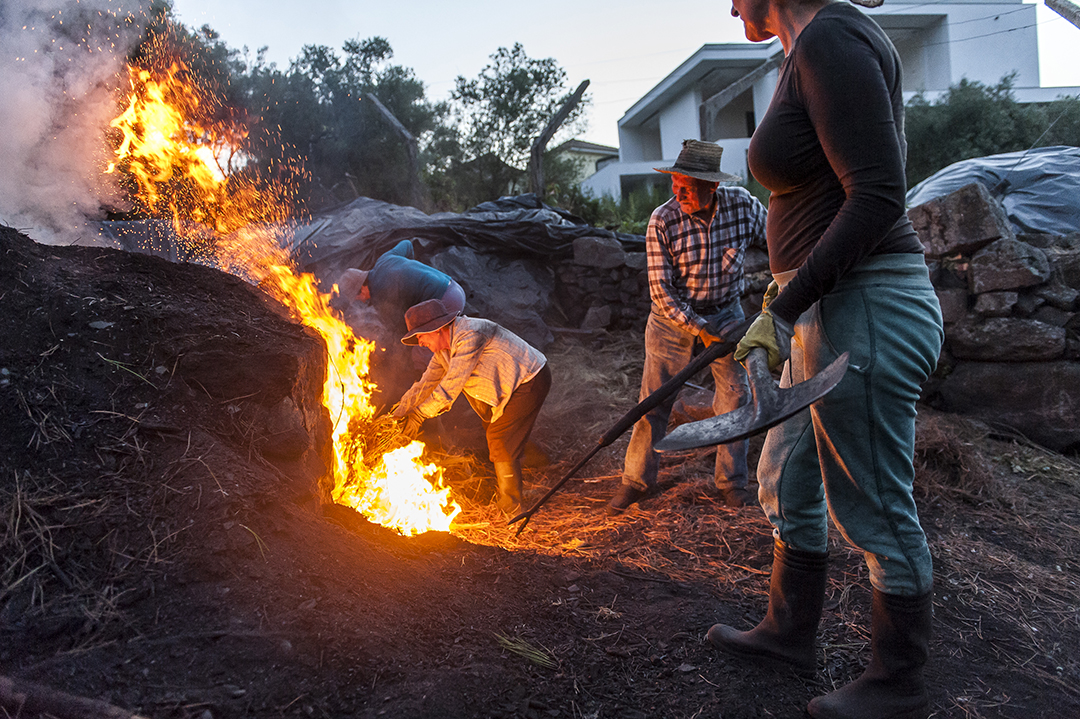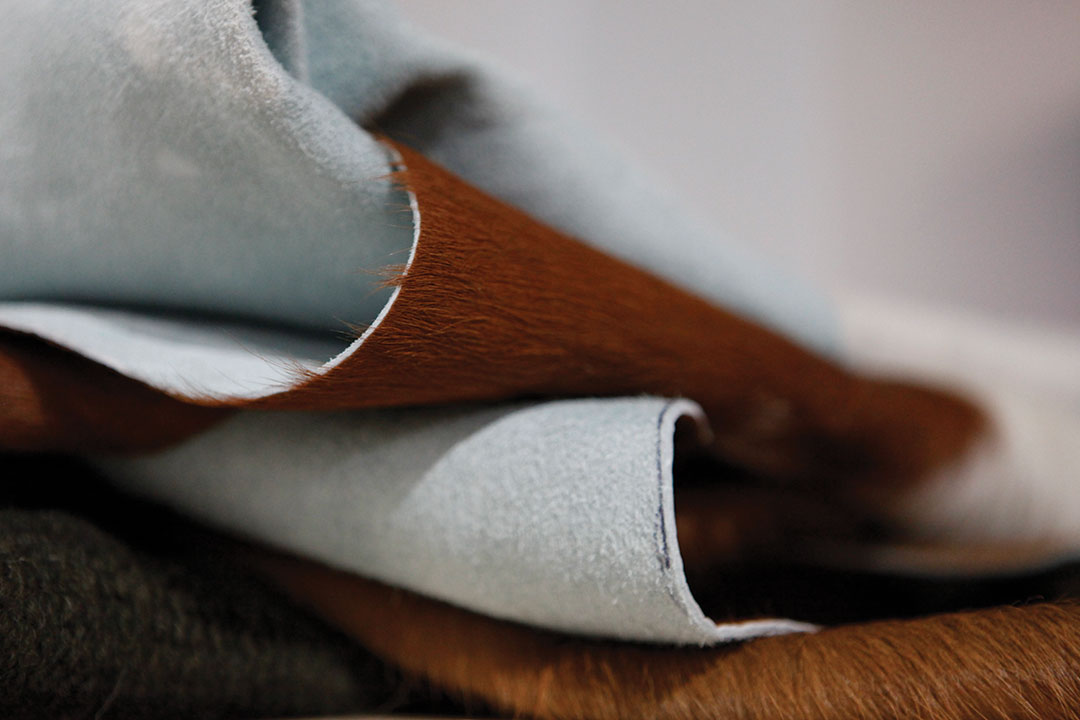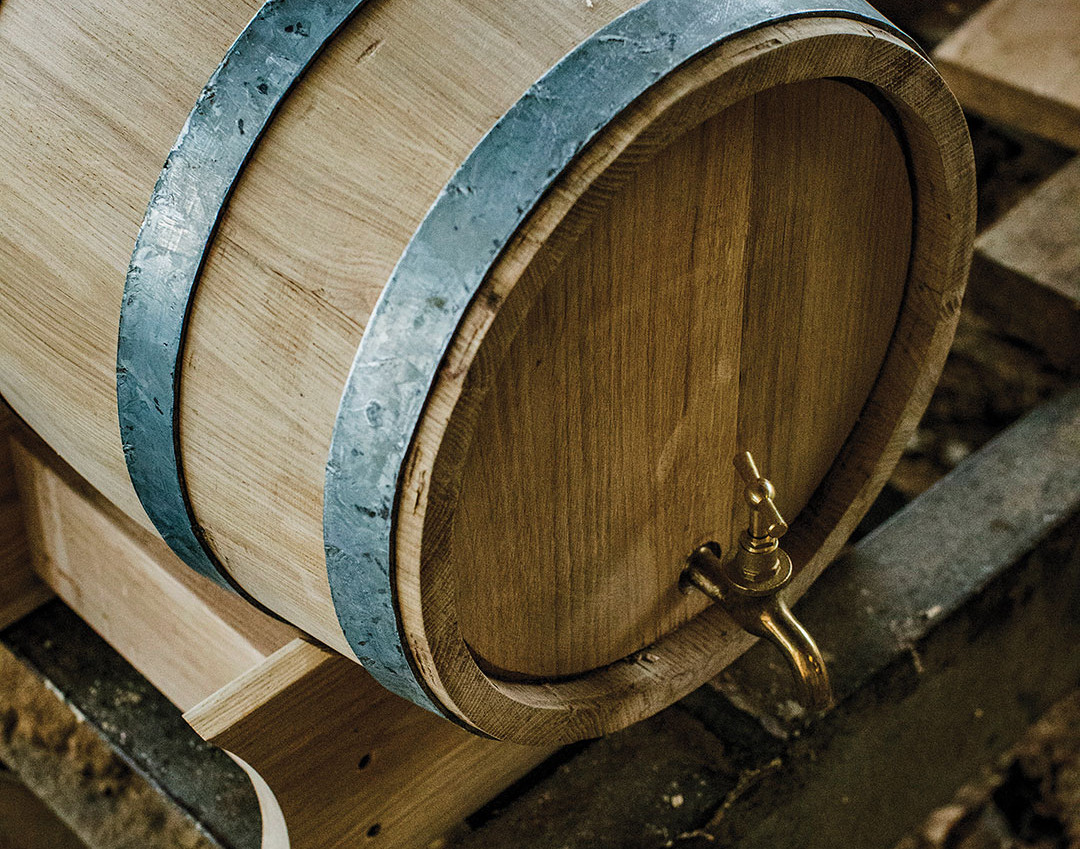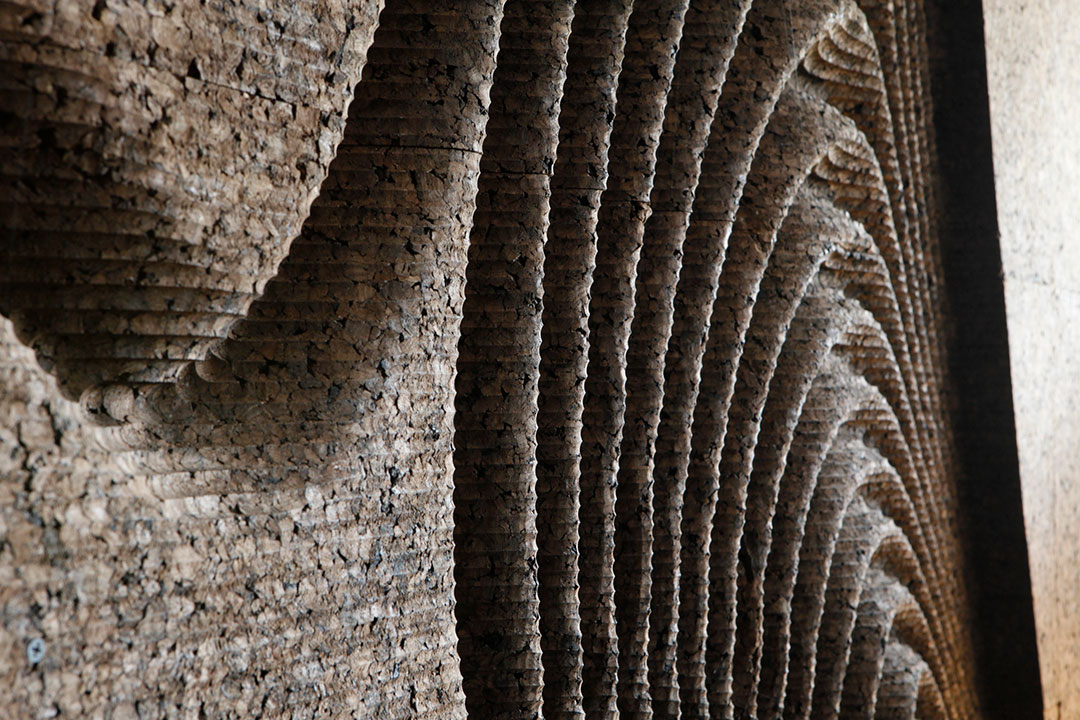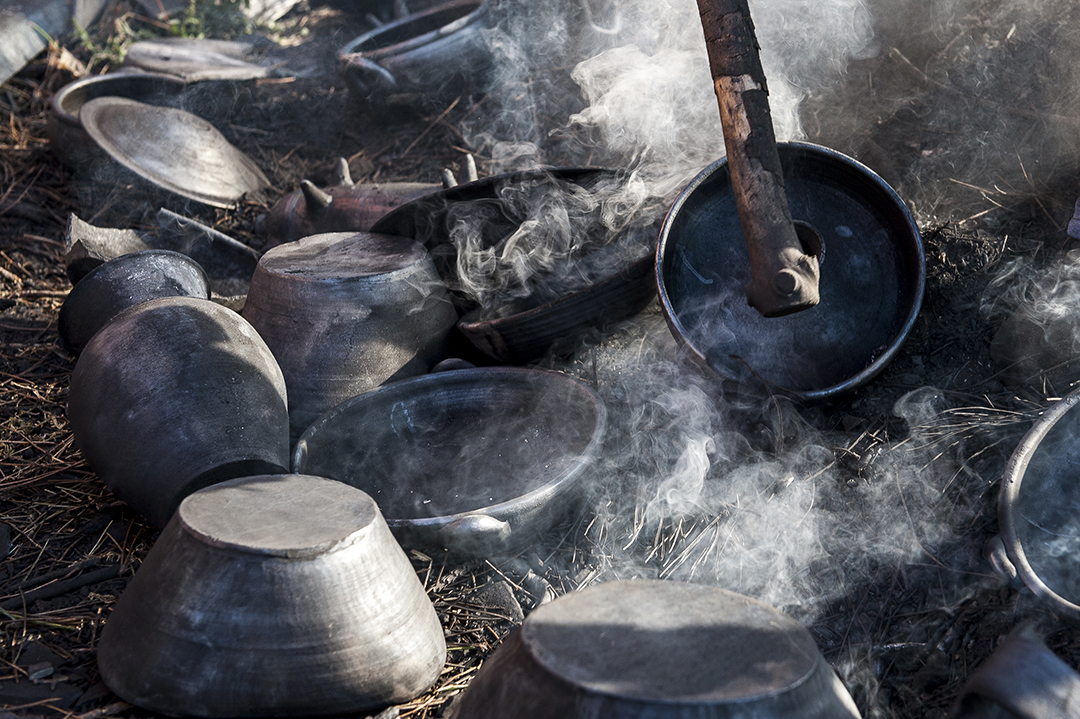
Oxygen for Tradition
BLACK POTTERY
On the table in the hallway, a holly branch is resting in a clay vase. A closer inspection reveals that this is not a vase, but a pitcher. Or a mix between the two. It quickly becomes the focus of attention, with its black sheen highlighting its decorative beauty, while also bringing back memories of the pitchers that a generation of grandparents used to carry water to the iron wash basins. Next to this piece, three basins with different sizes emerge as a contemporary reinterpretation of the old ones for cooking rice in the oven: “They remind me of the family lunches at my parents’.
They cooked rice in firewood ovens with these basins, each size corresponding to a given rice measurement”, recalls Renato Costa, founder and CEO of Bisarro. The company’s name is a combination of two words: “Bisalhães”, the name of a village in the north of Portugal known for its traditional practices of black pottery, and “barro” (clay in Portuguese). Not to mention the happy coincidence that “Bisarro” has a homophone in the word “bizarro” (the Portuguese word for bizarre), alluding to the surprising design and features of the pieces this studio creates. The premise is simple: going back to the roots. And, with pieces like this pitcher, the result is visible: the reshaping of tradition.
A NEW SHAPE
Interest in this secular art, classified by UNESCO as an Intangible Cultural Heritage in 2016, ignited the idea of honouring and reviving the tradition, by giving it a new shape. “I grew up in a village 3km from Bisalhães, called Vila Marim, where I used to see the black smoke rising. And whenever that happened, I would say: “Oh, look, the potters!”, evokes Renato Costa, adding “now we are using design as oxygen to relive those days.” Since glass and plastic appeared, hardly anyone makes use of ceramics to store and carry water anymore, but that does not mean that they are useless.
When given this new skin, people seem to want to use them again. The trip back in time to tell new generations stories about this artisanal skill, which dates back to the 17th century, began with the commission to create a trophy for the 2015 edition of the Vila Real World Touring Car Championship (WTCC). Working at ceramics company SPAL Porcelanas at that time, Renato had the know-how on clay cooking and ceramic pastes, which helped him mould the idea. The first collection included 15 pieces. In the following year, Bisarro was invited to take part in Ambiente Frankfurt’s Talent programme, an international trade show of interior decorating and household articles. The high receptiveness, resulting in orders from 13 countries, forced the studio to rethink the business in a way that allowed it to expand itself consistently. One of the biggest concerns was to find more potters, a difficult task in a practice on the brink of extinction. At the moment, Renato has one potter working with him full time and others collaborating occasionally.

SLOW BURN
It’s a balance between artistic inspiration and what can be done with ceramics that brings life to the brand’s creations. Every piece is unique. If we look at two pots, one will have a spot in one place and the other somewhere else. “It is in that uncertainty, in that irregularity, that lies the inner beauty of the pieces”, explains Renato. Once the concept has been defined, different moulds are cast by hand for each piece. The plaster moulds are then filled with liquid clay. Once dry, the piece is removed from the mould. It is a slow and delicate process, commanded by the temperature. It takes a month just to develop production. Another feature of black pottery is that, after cooking the clay, and unlike conventional methods, it isn’t glazed.
This means that they are not as resistant, but since they are premium pieces, to last, people handle them with special care. Next comes the soenga, the name given to the ancestral firing process that gives the clay its unique colour. A pit is dug into the ground. The pieces are then placed inside it and covered and, underneath, a wood fire burns for hours. There are no thermometers. The temperature is gauged by the colour of the flame, by how it crackles: “We often say: ‘It’s huffing!’”, tells Renato. It takes between an hour and a half to two hours just to light the fire. The artisanal kiln is then covered with pine needles and broom plants. Once firing has been completed, the pieces are sent to the studio. Packaging reflects the studio’s sustainable thinking. Sawdust is used for packaging the pieces and plastic is avoided as much as possible. The pieces are wrapped in paper – Bisarro paper, to resemble the newspaper that potters still use when selling at the city markets.
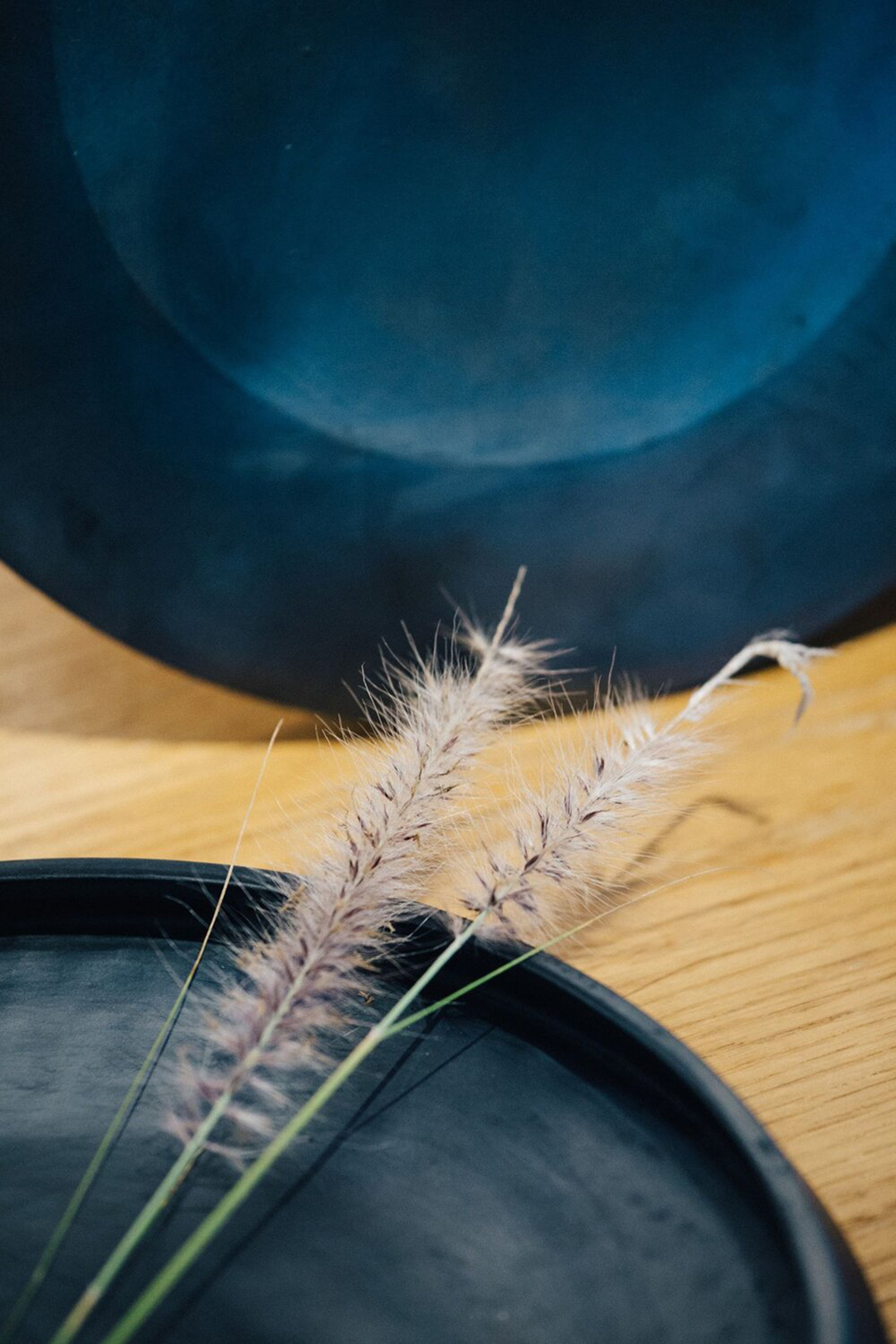
THE NEXT CHAPTER
Shops, restaurants, estates and hotels are the studio’s biggest customers. They are mainly located in Portugal, the United States, Brazil and Nordic countries. The future looks promising, thanks to the versatility and vision of Bisarro, firmly grounded in its roots: the brand is increasingly investing in incorporating other complementary traditional Portuguese materials, such as Portuguese oak wood, brass and cork. As for cork, it can be found in the Batoque, for example.
Its name comes from the piece’s bung, a kind of stopper used to seal barrels. The stoppers come from an old store in Vila Real’s historical centre. On the other hand, Bisarro intends to try a multidisciplinary approach, combining “wood spoons and brass vases in the same collection, for instance” and adding elements related to the wine industry, a very strong one in the Trás-os-Montes region: “Our aim is to have more decorative pieces and not just utilitarian ones.”



